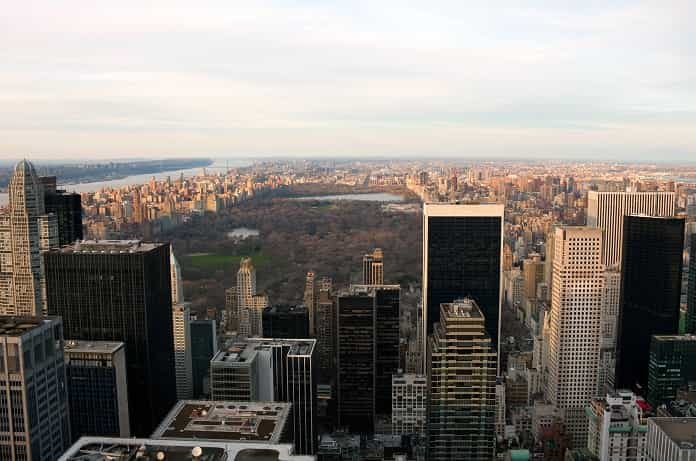Scientists will have the ability to measure the value of greenspaces to human well-being and stress relief with a predictive tool to measure how effectively public greenspaces evoke tranquility to strengthen green plans of city officials, environmentalists, and citizens.
The value of “tranquil” environments has long had a logical, but immeasurable, effect on improving human life, with community tranquil spaces proven to increase overall well-being, and provide pain and stress relief. In addition to this, green areas in urban environments also mitigate climate change, increase economic growth, and create more resilient communities. In acknowledgement of these documented benefits, city planners and health advisors aim to optimize their greenspace and protect further green areas. Architects of greenspace have typically followed a process with little guidance or robust data.
Researchers at the University of Bradford have found a way to elucidate greenspace optimization with their scientific process, TRAPT (Tranquility Rating Prediction Tool). TRAPT quantifies the effect of natural features including soundscape quality, contextual features, and natural features. Researchers compared reported tranquility and stress relief ratings with the number of natural features in urban green areas. In city centres, researchers were able to investigate the effect of natural additions (plants, hedges, grass etc.) and pleasant soundscapes (both natural and man-made). By accumulating data from across the world, the researchers now have a predictive model and have been able to measure the added benefit of each feature. In essence, planners can now directly predict the benefit of each hedge, tree, and sound barrier, and compare this to the investment of funds.
TRAPT will provide valuable insight to city planners, environmentalists, activists, and citizens, with quantifiable data to protect and expand greenspaces. The environmental side of city planning has gone without a measurable presentation of benefits and has therefore failed next to economic growth (eg. building a strip mall over a park). This powerful measurement tool will give a strong voice to greenspaces and present undeniable benefits to going “green”. Further, it will allow city planners to properly decide on which features will optimize the tranquility experienced in their greenspaces.
Written by Soleil Grisé, HBSc
References:
Greg Watts. The effects of “greening” urban areas on the perceptions of tranquillity. Urban Forestry & Urban Greening, 2017; 26: 11 DOI: 10.1016/j.ufug.2017.05.01



